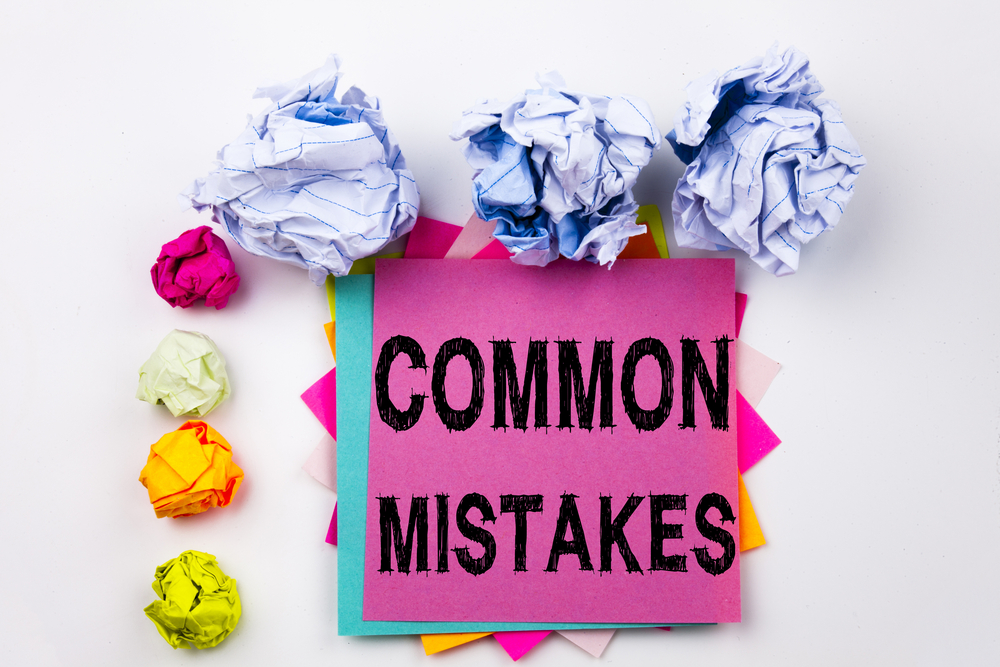You got a minute?
As an office manager, you’re probably interrupted at work by that question more than you can count. Whether it’s an executive or employee you manage, there’s always someone who needs help.
Add to that the barrage of emails and messages from team collaboration tools and it’s a wonder how you’re able to get any work done.
Your workday becomes a constant battle of fighting interruptions and distractions to accomplish tasks.
Aside from staying late or getting to the office early, there’s got a be a way to minimize interruptions so you can focus. Rescue Time, a time management software product, has a great blog post about just that. You can read the whole post here, but here are the main points:
- Awareness
- Schedule interruptions
- Rethink how you communicate
Here are the most common workplace distractions for office managers and how to deal with them.
1. In-Person Interruptions
By far the most common, in-person interruptions are especially challenging to manage because, well, they’re right there in your face. You can’t just walk away. To deal with these distractions, schedule ‘available’ and ‘unavailable’ time. Just be mindful that, as a manager, it’s your job to help employees when needed.
2. Emails
How many emails do you receive in a day? Dozens? Hundreds? Whatever the amount, emails account for another big portion of workplace interruptions and your productivity takes a hit with each message. Here’s how to manage email interruptions:
- Schedule times throughout the day to review emails
- Turn off notifications
- Only respond immediately if absolutely necessary
- Get rid of irrelevant messages
3. Collaboration Tools
There are so many digital tools for managers out there designed to improve productivity. But sometimes they can become quite an interruption themselves. Be sure to set guidelines with your team about how and when to contact you through your collaboration program.










